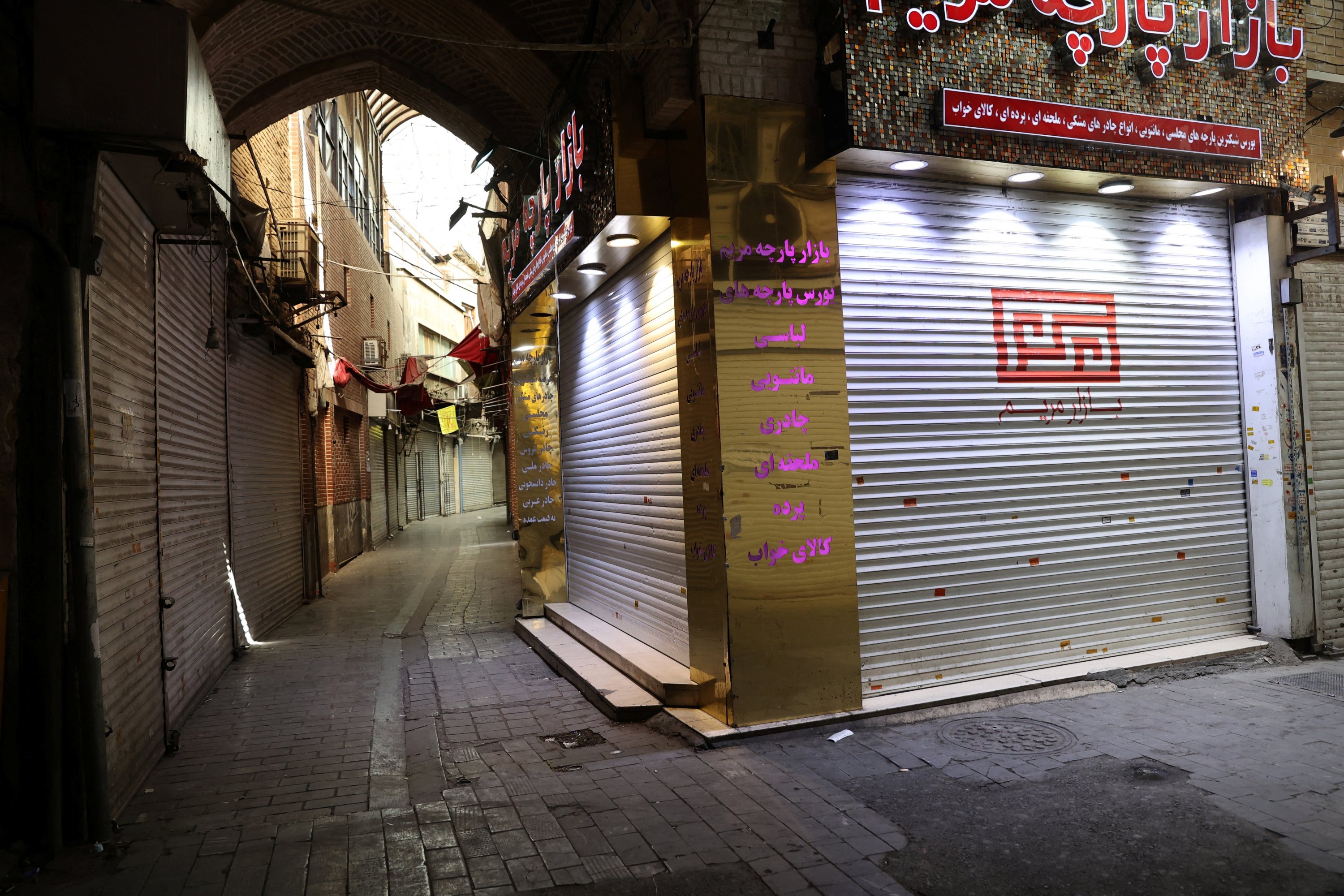© Turkuvaz Haberleşme ve Yayıncılık 2026
The airstrikes launched against Iran on June 13 should be seen as part of a broader, long-term strategic plan. After the Oct. 7 attacks, the Israeli government framed the situation as a seven-front war and clearly used the attacks as a lever to shift the conflict toward Iran. From the outset, the Netanyahu administration took steps to erode Iran’s capabilities. Before Oct. 7, Israel appeared to be encircled by Iranian proxies. By launching a military campaign against Hamas, it neutralized a threat on its southern border. Immediately afterward, covert operations inside Iran began, forcing Tehran into a more defensive posture.
The suspicious helicopter crash that killed Iranian President Ebrahim Raisi served as a wake-up call for Iran’s ruling elite. Anticipating what was to come, they opted for a sharp political pivot. Mourning for Raisi was brief, and President Masoud Pezeshkian, who had been disqualified from the 2021 presidential election and initially rejected for parliamentary elections before being reinstated, became the new president through obvious electoral engineering. One of the most striking features of his campaign was the public return of former Foreign Minister Javad Zarif. Once politically sidelined by a leaked recording in which he criticized Islamic Revolutionary Guard Corps (IRGC) Gen. Qassem Soleimani, Zarif’s reappointment signaled Iran's intent to resume talks with the West and de-escalate tensions.
Following Pezeshkian’s victory, images of him embracing his conservative rival Mohammad Bagher Ghalibaf, Speaker of Parliament, made front-page news. The message was clear: Iran is united, both reformists and conservatives. The new administration promptly initiated outreach to the West, repeatedly declaring to the United States and the global community that Iran had no interest in war. Yet Israel continued its strikes, as it had not yet reached its strategic objectives.
Recent developments did not come as a surprise. Analysts have focused too much on U.S. President Donald Trump’s volatile rhetoric and overlooked the institutional logic of state behavior. Israel’s longstanding military doctrines and strategic perceptions clearly pointed to this trajectory. Whether in Lebanon or Yemen, every military action was part of a broader strategy targeting Iran. This campaign has been unfolding since at least 2018.
Even the name of Israel’s operation, “Rising Lion,” is deeply symbolic. It references a biblical verse and evokes Iran’s historical lion emblem, which appeared on its traditional flag. The symbolism is not subtle: Israel is signaling a desire for systemic change in Iran. The concept of systemic paralysis being applied here goes far beyond retired U.S. Col. John Warden’s classical doctrine. It includes hybrid components such as exploiting public anger as a force multiplier.
A direct U.S. intervention now appears inevitable. This has been evident for months. Military movements on the ground and simulation exercises in Tel Aviv made this clear. What was confusing was the strategy and the inconsistency of Trump’s remarks. At this point, Israeli and American strategic interests are converging.

Another of Israel’s major strategic aims is to expand its regional security corridor from Uganda and South Sudan all the way to India. Once Iran collapses under systemic pressure, domestic unrest is expected. In this scenario, particular attention should be given to Balochistan and northwestern Iran. India, geographically boxed in by the Himalayas and Pakistan, has long sought an outlet to global trade via Iranian territory, specifically through the Chabahar Port. Notably, Israeli airstrikes have avoided Chabahar, where Indian investment is most concentrated.
This allows for a strategic corridor stretching from India through Balochistan, across the Gulf, through Israel and Greece. Such a corridor would transform Israel into a country surrounded by allies rather than enemies, a longstanding strategic aspiration. Globally, this corridor has implications in the context of U.S.-China competition. Destabilizing Balochistan could undermine Chinese investments in Pakistan and render the Gwadar Port insecure and unstable.
Meanwhile, Iranian Kurds who have served in the YPG could initiate activity in the Urmia region, further complicating the situation. Kurdish groups are currently active, each seeking a role in a possible post-collapse Iran. Should these groups launch armed attacks against Turkic populations in the region, it is unlikely that Azerbaijan or Türkiye would remain uninvolved. Still, the dynamics in that area remain uncertain. The more immediate flashpoint is Balochistan.
Iran is now on the edge of systemic collapse. Reversing this trend will be extremely difficult. For decades, the IRGC dominated Iran’s political and economic arenas, excluding all others and thereby weakening the collective foundation of national security. Security is built collectively, yet the IRGC blocked foreign investors to protect its monopolies and rival commanders engaged in internal power struggles that harmed the country.
New intelligence agencies were created despite the presence of an existing one. Foreign policy initiatives were carried out independently of the Foreign Ministry. Internal security structures were developed parallel to those of the Interior Ministry. These overlapping authorities created numerous gray zones, which were exploited by hostile intelligence services to weaken Iran from within.
However, Iranian nationalism must not be underestimated. Its future direction remains unclear, but numerous underground groups may emerge following systemic collapse. For this reason, reestablishing political authority in a post-collapse Iran will be a long and uncertain process.
